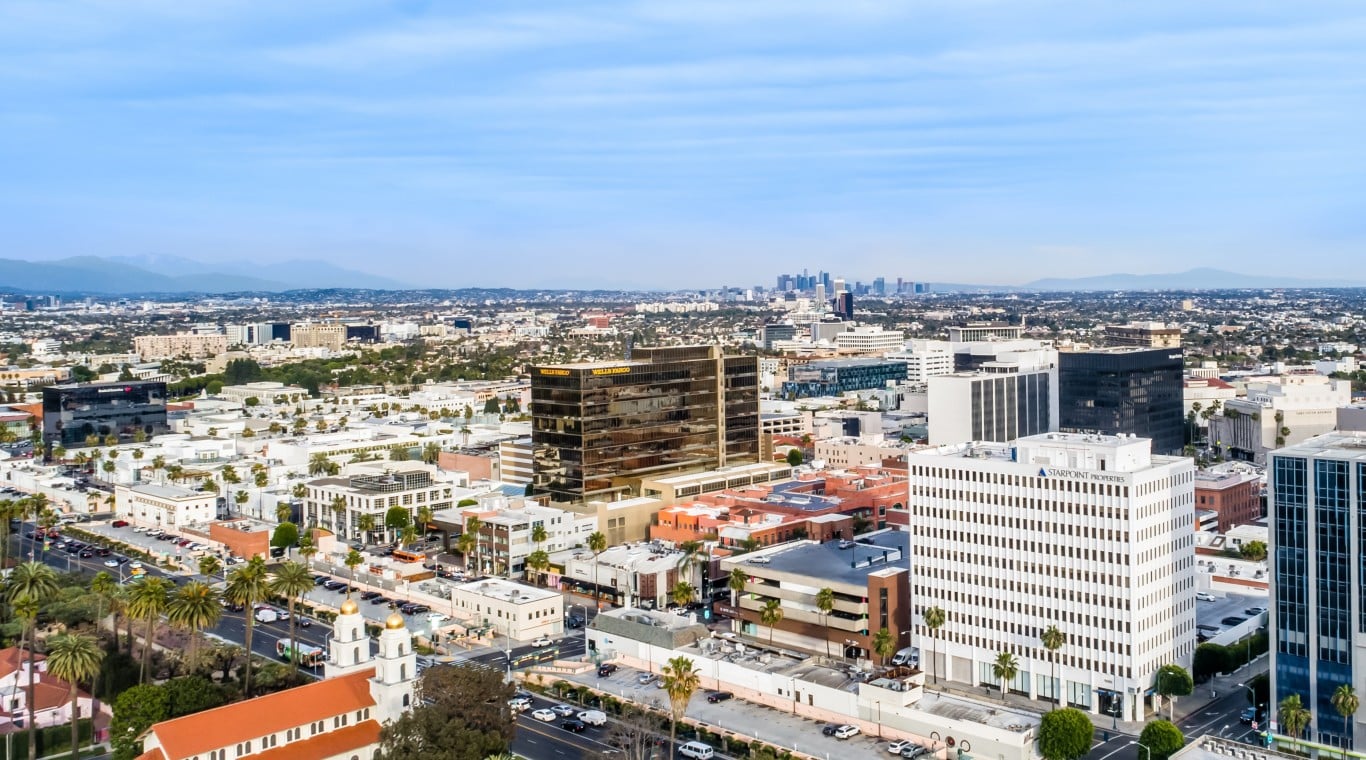In today’s market, smart investors understand the need to hedge their bets, especially considering the market fluctuations and historical trends. Despite concerns such as rising interest rates, inflation, supply chain disruptions and bank failures, the outlook for commercial real estate remains strong and savvy investors can capitalize on market conditions. To make the most of these opportunities, let’s take a look at some of the threats and opportunities at play and explore how smart investors can navigate them effectively.
The impact of Rising Interest Rates and Regulatory Changes
It’s no surprise that one of the primary threats impacting commercial real estate is rising interest rates which is increasing borrowing costs, thus reducing the profitability of an investment. Property valuations are affected as well. Consequently, investors must closely monitor and assess the impact of changing interest rates on their investment decisions and financing strategies.
Regulatory changes are now also posing a significant challenge to commercial real estate investments. These changes encompass zoning laws, tax laws, building codes, and environmental regulations, all of which impact both the development and operational timelines.
One recent example of this in Los Angeles was the implementation of Measure ULA, also known as the ‘Mansion Tax.’ This measure imposes a tax rate of 4 percent on any property valued over $5 million dollars and 5.5 percent on properties valued over $10 million. Staying informed about these types of regulatory changes is crucial for commercial real estate investors, as they must adapt their investment strategies accordingly.
Opportunities: Flexible Office Space, Industrial, Multifamily & Emerging Markets
While threats exist, there are also significant opportunities that can be leveraged by smart investors. Contrary to popular belief that the office market is in decline, we have seen an increased demand for flexible office space. Tenants today are seeking space for their employees that foster a sense of purpose and place for their employees. In fact, we recently repositioned our headquarters office building, which has now reached a 95% occupancy rate – up from 35% when we purchased the property.
The industrial and multifamily markets are consistently showing robust performance. On the industrial side, life sciences firms, tech companies and e-commerce are fostering much of this demand and given the surge of online sales since the pandemic, it’s no surprise that there has already been increased investor interest.
Multifamily investments, in particular those that contribute to generational wealth building, such as opportunity zones, are especially attractive to investors. Notably, the Denver and Phoenix metro areas are witnessing significant traction, drawing in young professionals and serving as hubs for both industrial and multifamily developments. These areas provide investors with the added benefit of property tax savings, enabling them to enjoy the associated tax benefits as well.
By understanding these factors, investors can confidently navigate the rest of 2023 and look ahead into 2024. While challenges will always persist, smart investors should keep an eye on interest rate trends, changing regulations, and the best performing asset classes to make informed investment decisions.
About the Author:
Paul Daneshrad is the Chief Executive Officer of StarPoint Properties (www.starpointproperties.com), a real estate investment and operating company which focuses on the acquisition, development and redevelopment of undervalued commercial properties in high-growth sub-markets. Since its inception, StarPoint has delivered an average annualized return to its investors over of 35 percent.


